First spanish flag: History of the Spanish Flag
History of the Spanish Flag
Culture
The current flag of Spain features two red stripes, one wider yellow stripe in between, and the Spanish crest is featured, slightly offset to the left. But the flag of pain has suffered many transformations over the centuries, as the governing powers changed hands. In this article, we go over all of the changes the flag has experienced and why.
History of the Sanish Flag
A brief history of the Spanish Flag
An official Spanish flag was first recognized by the Royal Decree of 1843, signed by Isabella II. This regulation turned the two-colored flag with a shield in the center into what we know today as the flag of Spain. But, even though the flag has been around so long, most people, even native Spaniards, ignore the origins of the design.
The modern configuration of the flag was first put forth during the rule of Charles III. The king decided that the unified kingdoms within Spain needed a national sign that would stand out and would be easily recognizable on Spanish ships out on the high seas. Until then, the Spanish flag was white, and on it was the Bourbon dynasty coat of arms.
Until then, the Spanish flag was white, and on it was the Bourbon dynasty coat of arms.
Other kingdoms of the era shared a similar design. Parma, Naples, France, Tuscany, or Sicily, and even Great Britain, also used a white background. This made it very hard to differentiate allied ships from the enemy at a distance.
But let’s go even further back to see how we arrived at the current design. The first real conquerors of the Iberian peninsula, the Romans, used to carry rigid banners into battle, and only with the passing of the centuries would begin to carry cloth flags. So we have to look to the Arab occupation of the peninsula, and the Crusaders in the rest of Europe, who would bring from the East this custom of carrying cloth banners. The first flags in the Iberian Peninsula were, therefore, those of the Muslims and the kingdom of Córdoba.
Banner of the Cordoban Caliph
Over time, Christians adopted this new custom, but at first, the flags only displayed a royal emblem. Flags and banners only represented only the king or, at most, the monarchy. Later they would become associated with the different territories.
Flags and banners only represented only the king or, at most, the monarchy. Later they would become associated with the different territories.
Now that the use of flags and banners has been established in the Spanish territory, we have to move to a point in time when the different kingdoms in Spain were unified. Some contend that that didn’t really happen until the reign of Felipe V, but the unification of the country began under the rule of the Catholic Kings: Isabel and Fernando.
The Catholic Monarchs and the House of Austria
The Catholic Kings flew a flag that combined the coat of arms of Aragon with those of Castile and those of León. This proto-flag was also used by Felipe el Hermoso, husband of their daughter, Juana la Loca, who brought the Burgundy cross with him.
His son, Carlos I of Spain and emperor of the Holy Roman Empire, took the Burgundy cross as a personal emblem and thus became widespread among the different Spanish kingdoms.
Although the red cross with the white background is always used to remember the Hispanic Empire, the reality is that this was not the symbol of the Spanish states, but the monarch’s staff.
In fact, not even of all the monarchs of the Austrian or Habsburg house, since Philip II changed his colors: he kept the red cross, but the background preferred it yellow.
Cross of Burgundy or Cross of San Andrés, which, with very different designs, was used by the navy who always wore the emblem, since the design became the most varied in colors and shapes according to the regiment.
Its first use as a Spanish military emblem was during the Battle of Pavia, in 1525. It was not used, therefore, by Hernán Cortés in the conquest of Mexico, for example, which lasted from 1519 to 1521.
This flag continues to be present in numerous territories that were part of the Hispanic crown and in various regiments of the three Spanish armies.
The flag under the House of Bourbon
The flag changed again when the house of Bourbons took over the Spanish throne. Up to this point, the Spanish flag was a symbol of the king or monarchy, not of the country itself.
Up to this point, the Spanish flag was a symbol of the king or monarchy, not of the country itself.
Because of the aforementioned confusion on the high seas, Carlos III took a practical step and called for a competition for a new naval flag that would differentiate Spanish ships from those of other countries. In fact, there would be two, one for civil ships and one for military ships.
Antonio Valdés y Fernández Bazán came up with a dozen different designs, two of which were selected. Of the two chosen designs, the military option would become the current flag.
Between the reign of Carlos III and the war of independence against Napoleon, the flag became more commonplace in day-to-day life. During the French occupation of the peninsula, this flag design became the flag the population used during their revolt against the French government.
Then during the First Republic, the design remained very similar but the monarchical symbols of the shield were eliminated.
The flag of Spain in the 20th century
Until the dictatorship of Primo de Rivera, the five-stripe civil flag that had been established by Carlos III decided to use on merchant ships continued to be used. The dictator prohibited it and the three-line line was always used, originally restricted to war.
The dictator prohibited it and the three-line line was always used, originally restricted to war.
The next change that the flag would suffer would come during the Second Republic. Changes were made to include the colors of the flag of Castille, as the colors of the house of Aragon are prominently featured. The problem is that the banner of Castile, which at that time was thought to be violet, was actually crimson.
The Flag under Franco’s dictatorship.
At the beginning of the Civil War, Franco’s forces fought under the republican flag, but just a few months later they changed it to the traditional one, although it maintained the shield of the second Republic in the center.
After the fascist victory, the 2 tone flag with the Eagle of San Juan, symbol of the Catholic Monarchs, was officially reestablished and modified twice, in 1945 and in 1977.
Current Spanish constitutional flag.
After the fall of the dictatorship, and the arrival of democracy to Spain, the flag was changed one last time.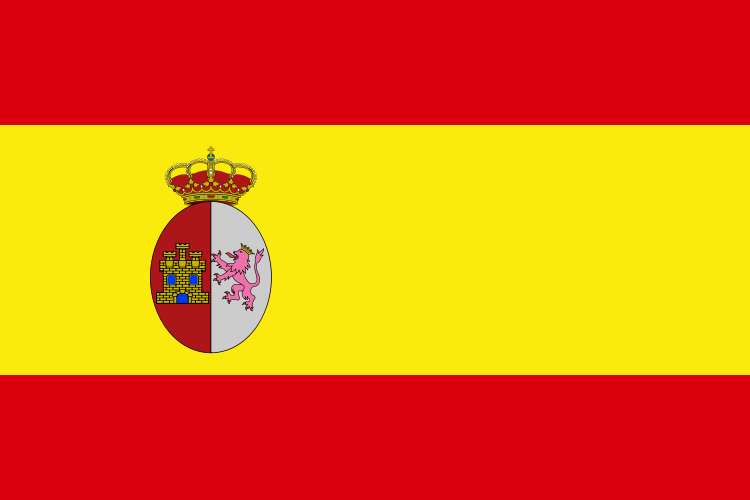 On the current flag, a ribbon surrounds the columns with the motto Plus Ultra, which in Latin means beyond. The two columns represent the columns of Hercules, which marks the entrance to the Atlantic, and, as legend has it, marked the end of the world. All this set on the traditional red and yellow flag.
On the current flag, a ribbon surrounds the columns with the motto Plus Ultra, which in Latin means beyond. The two columns represent the columns of Hercules, which marks the entrance to the Atlantic, and, as legend has it, marked the end of the world. All this set on the traditional red and yellow flag.
More In-Depth Articles on Spain
Top 15 Famous Spanish people
Discover some of the most famous people the country of Spain has produced. Our top 15 famous Spanish people list covers some of the most influential people from this amazing Mediterranean paradise.
Top 10 Best Spanish Basketball Players
The ultimate guide to making traditional, Valencian Paella, which is probably a lot different than what you expect. Check out the proper way to cook an authentic Valencian paella.
FC Barcelona – The incredible history of Barcelona’s team
FC Barcelona is one of the most popular football clubs in the world. The teams popularity is thanks to many factors, but success on the pitch is the main reason. FC Barcelona or Barça for short is one of the winningest teams in Spain and in Europe with many league and European titles to their name. Let’s take a look back at the history of this storied football club.
The teams popularity is thanks to many factors, but success on the pitch is the main reason. FC Barcelona or Barça for short is one of the winningest teams in Spain and in Europe with many league and European titles to their name. Let’s take a look back at the history of this storied football club.
Flamenco: music and dance
Spain is an amazing country filled with excellent things to see and do. But what is Spain famous for? Here is a list of the top things Spain is famous for
Famous Wine Regions on Spain: Ribera del Duero
Ribera del Duero in central Spain is one of the country’s most important wine-producing regions. 2 hours north by car from Madrid on the way to Burgos
History of Jews in Spain
Jews have been one of the most influential cultures in the history of Spain, and in this article, we go over the history of the Jewish community in the Iberian Penninsula
The most beautiful cathedrals in Spain
There are many reasons to visit Santiago in addition to it being the final destination of the pilgrimage. Besides its main tourist attractions of monuments and museums, the city has an incessant cultural agenda with arts, entertainment and leisure time activities offered throughout the year such as music, lectures, theater, cinema, concerts, exhibitions and festivals.
Besides its main tourist attractions of monuments and museums, the city has an incessant cultural agenda with arts, entertainment and leisure time activities offered throughout the year such as music, lectures, theater, cinema, concerts, exhibitions and festivals.
10 regional differences to understand Spanish diet
Spain is an amazing country filled with excellent things to see and do. But what is Spain famous for? Here is a list of the top things Spain is famous for
Spanish culture
Spain has a rich culture defined by its gastronomy, its dances and music. The Spanish culture has been shaped through centuries by the different influences lived through centuries: phoenicians, romans, visigoths, moors, or by important events like the Reconquista, the discovery of America or by the dark episode of its civil war
What to buy in Spain: A Complete Guide
A curated list of the best and most authentic gifts to buy in Spain in each region of of the country.
Best movies filmed in Spain
Spain was and continues to be a popular filming destination for Hollywood movies thanks to its beautiful landscapes, architectural gems, sunny weather and also low costs. Many movies filmed in Spain date back to the 50s and 60s. Spain was a filming hotspot location for many 1950-60 Western classics and many of the countries fantastic attractions do continue to be selected by many directors and producers due to their beauty
What is Spain famous for
Spain is an amazing country filled with excellent things to see and do. But what is Spain famous for? Here is a list of the top things Spain is famous for
Gifts from Spain: the ultimate guide
A curated list of the best gifts from Spain, the perfect guide to authentic Spanish presents.
The history of the Spanish flag
This year celebrates the 179th anniversary of when the Spanish flag was first recognized by the Royal Decree of 1843, signed by Isabella II. This regulation turned the two-colored flag of Spain with a shield in the center into what we know today as the Spanish flag. Although is has been with us for 179 years, many do not know its history. In fact, according to a survey by the 1785 Project, 55% of Spaniards do not know the origin of the flag of Spain.
This regulation turned the two-colored flag of Spain with a shield in the center into what we know today as the Spanish flag. Although is has been with us for 179 years, many do not know its history. In fact, according to a survey by the 1785 Project, 55% of Spaniards do not know the origin of the flag of Spain.
The history of the Spanish flag is tied to the rule of Charles III. The king raised the need to create a national sign that would stand out well in the seas. Until then, the Spanish flag was white, and on it was the Bourbon coat of arms.
The problem was that the other kingdoms of the same era, like Parma, Naples, France, Tuscany, or Sicily, in addition to Great Britain, also used a white background. This made it almost impossible to distinguish allied ships from the enemy at a distance.
For this reason, Charles III commissioned his Minister of the Navy, Antonio Valdés y Fernández Bazán, to create a new flag for naval use.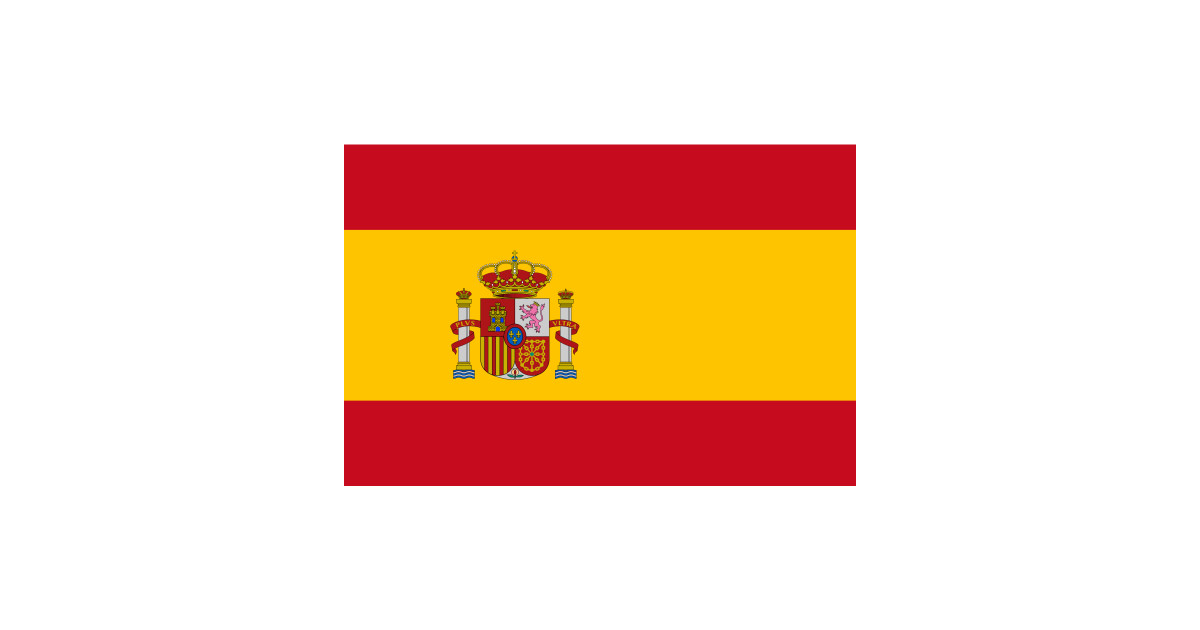 Valdés called for a design competition and chose the twelve sketches that he liked best. He then presented them to Charles III to choose the final design. And here, in 1785, the history of the Spanish flag begins.
Valdés called for a design competition and chose the twelve sketches that he liked best. He then presented them to Charles III to choose the final design. And here, in 1785, the history of the Spanish flag begins.
King Charles III chose two designs; one for the navy and the other for the merchant navy. In both he chose red and yellow because they were two colors that were perfectly distinguishable at sea. The first one was based on two red stripes and a yellow one, as we know today the Spanish flag. The second was based on three yellow and two red stripes.
However, we cannot talk about the history of the Spanish flag until 1843. In this year Isabella II signed the Royal Decree that would make the rojigualda a national symbol.
Despite the fact that it had become tremendously popular, at that time each faction of the army had its own. Isabella II decided to unify them and, from that moment, the red and yellow colours remained unchanged until our days, except for the period of the Second Republic (1931-1936).
During this stage the red of the lower strip was changed for the purple one in homage to the Comuneros of Castile who fought against Charles I. Although much has been written about this, it is not proven that purple was the color of the Comuneros, as it was the crimson.
The first change in the history of the Spanish flag was initiated by Charles III himself. The monarch changed the Bourbon coat of arms to one formed by a castle on the left and a rampant lion on the right. On them he placed the crown. The flag would remain this way until the First Republic (1873-1874), where the only change was the removal of the crown from the coat of arms, although this modification would only last a year.
Later, in the Second Republic (1931-1939), apart from the colour purple, the coat of arms was completely modified. The kingdoms of Aragon, Granada and Navarre were added, and the crown was replaced by a castle at the top of the coat of arms.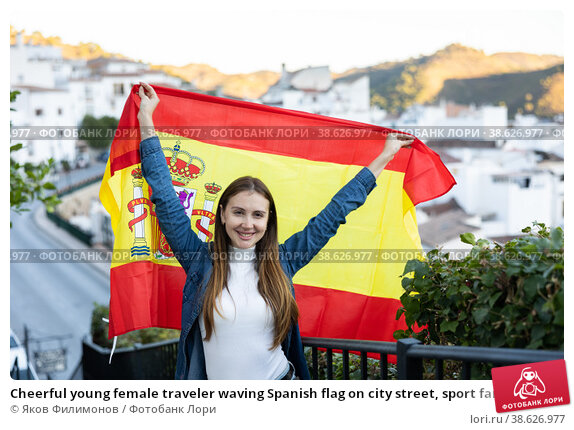 The two columns of Hercules were also included with the motto “Plus Ultra”, which means “Beyond”.
The two columns of Hercules were also included with the motto “Plus Ultra”, which means “Beyond”.
But then the Civil War started and the rebellious side (and finally victorious), retook the red and yellow combination and modified the coat of arms again. The so-called Francoist flag eliminated the castle that crowned it and replaced it again with a crown. The eagle of San Juan was also included, in homage to the Catholic Monarchs.
To end the history of the Spanish flag and find it as we know it today, we have to wait until 1981. In that year it was decided to keep the colours of the stripes and a coat of arms similar to the one of the Second Republic was chosen, but with a crown instead of the castle on top, adding the Bourbon emblem in the centre. Section 4.1 of the Spanish Constitution states that “the Spanish flag is formed by three horizontal stripes, red, yellow and red, the yellow being twice as wide as each of the red”.
Did you know the history of the Spanish flag? What did you think of it?
Author: Paloma Díaz Espiñeira
New Year’s Eve in Spain: history and traditions
From the Lottery Day celebrations, to the traditional Christmas Eve…
>> More information
About the author
Unusual Spain
1. The name of the state of Spain comes from the Phoenician expression “i-spanim” and is translated as “coast of rabbits”. The Roman emperor Servius Galbius was so impressed by the abundance of animals on the peninsula that he issued a coin depicting Spain as a woman with a rabbit sitting at her feet.
2. Spain is the highest country in Europe after Switzerland: mountains cover 90% of its territory.
3. The flag of Spain symbolizes the national entertainment of local residents – bullfighting. Yellow is a symbol of sand, and red is a symbol of blood. nine0003
4. A bull in a bullfight attacks a matador’s cloak not because it is irritated by the color red. In fact, cows do not distinguish colors and only react to sudden movements. The red cloak was chosen to make the bull’s blood less visible to the public.
In fact, cows do not distinguish colors and only react to sudden movements. The red cloak was chosen to make the bull’s blood less visible to the public.
5. The influenza of 1918-1920 was called the “Spanish flu” because at that moment in the country, unlike many others, there was no wartime censorship and newspapers openly wrote about the spread of the epidemic, and residents of other countries got the impression that it was Spain that was most affected by this flu. In fact, the epidemic began in the United States, and Spain was not even among the leaders in terms of the number of cases and deaths. nine0003
6. The smallest church in the world – Santa Isabel de Ungria in Colomares – is located in the Spanish city of Malaga. The internal area of this irregularly shaped building is only 1.96 square meters. m.
7. In the carving of the cathedral of the Spanish city of Salamanca, built in the 12th century, you can find an astronaut in a spacesuit. There is no mysticism here: the figure was added in 1992 during the restoration by one of the masters, who decided to place the figure of the conqueror of space at the entrance to the cathedral as a symbol of the 20th century. nine0003
nine0003
8. The world’s only monument to the devil is located in Madrid, in the Spanish Retiro Park. The sculpture is installed at an altitude of 666 m above sea level and depicts the moment of the expulsion of Lucifer from paradise.
9. In Madrid, the Grassi clock museum is open to visitors, which presents the history of mechanical clocks, from the first exhibits of the 16th century to the present. with iron mechanisms up to the imperial clocks of the 19th century. All these clocks are not only important technical devices, but also of great artistic value, they are all “alive” and fully functional. nine0003
10. The expression “blue blood” was coined by Spanish aristocrats. The Spanish royal nobility always emphasized that they traced their ancestry to the West Goths and never mixed with the Moors who entered Spain from Africa. Unlike swarthy commoners, blue veins stood out on the pale skin of the upper class, and therefore they called themselves sangre azul, which means “blue blood”.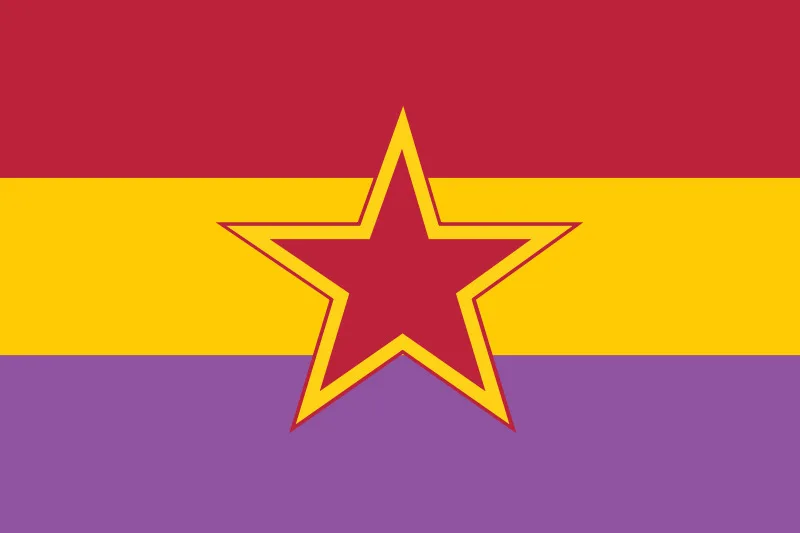 Hence, this expression for the designation of the aristocracy penetrated into many European languages, including Russian. nine0003
Hence, this expression for the designation of the aristocracy penetrated into many European languages, including Russian. nine0003
11. On the Spanish island of Gomera, locals speak a whistle-based language. The language owes its origin to the rocky terrain of the island and the small number of roads (therefore, instead of reaching from one village to another, people preferred to whistle a message, the transmission range was 5-6 km). “Speakers” in this language press the tip of the tongue to their teeth and begin to whistle, at the same time pronouncing the words approximately as it is done during a normal conversation. nine0003
12. The Basque language of northern Spain has no related languages and is not included in any language group. During World War II, American radio operators used this rare language to transmit important messages so that no one could decipher them.
13. Shouts of “Ole-ole!” football fans at matches owe their origin to Spain, where the word was shouted out during bullfights or flamenco. It is believed that “Ole” is a modified word “Allah”, which came to Spain during its capture by Muslims in the VIII century. nine0003
It is believed that “Ole” is a modified word “Allah”, which came to Spain during its capture by Muslims in the VIII century. nine0003
14. The Spaniards were the first to taste tomatoes. In other European countries, the tomato was considered a poisonous plant for a long time and was used for decorative purposes: it was grown on windows in pots, cultivated in greenhouses, and planted along alleys. However, in Spain, these juicy berries were consumed completely without harm to themselves already at the beginning of the seventeenth century. Now in Spain, an annual tomato festival is held, during which people throw ripe tomatoes at each other.
15. During the Spanish feast it is not customary to talk about wars, bullfights and the period of Franco’s rule. nine0003
16. Traditional Spanish cuisine does not contain corn or wheat flour. Potato tortillas are very popular in Spain.
17. It is almost impossible to meet a married man under 30 in Spain. Spaniards acquire families by the age of 35-40.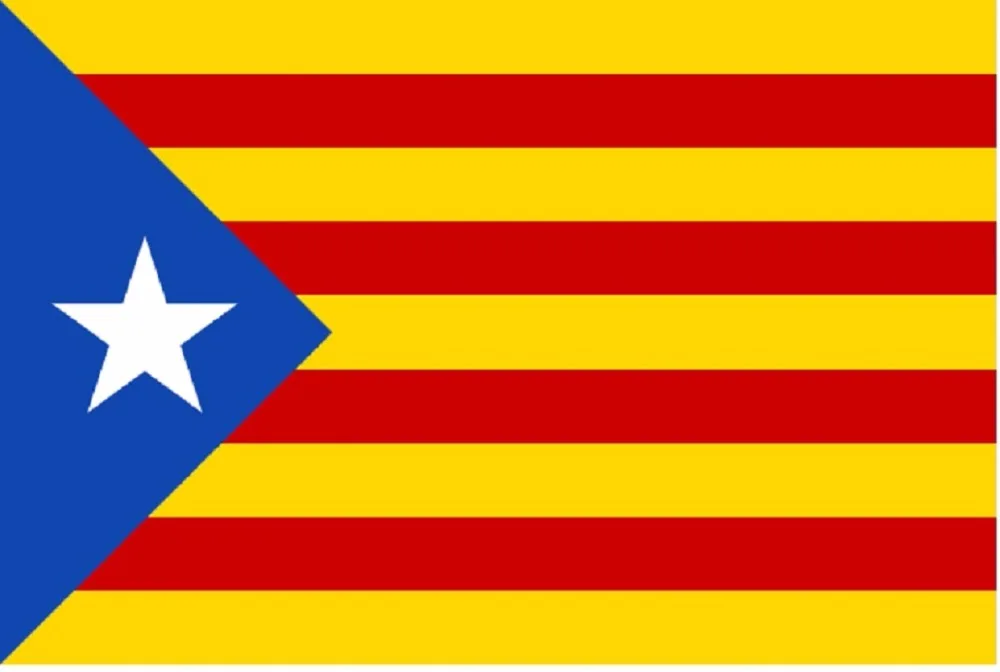 Spanish women give birth to their first child, mostly already at the age of Balzac. It is customary to name children after their own parents or next of kin.
Spanish women give birth to their first child, mostly already at the age of Balzac. It is customary to name children after their own parents or next of kin.
18. In the autumn of 2002, in the Autonomy of Madrid, the number of immigrant children going to school for the first time exceeded the number of Spanish first-graders. nine0003
19. The Mitsubishi Pajero was introduced to the Spanish market as the Mitsubishi Montero, because in the local slang the word ‘pajero’ (read “pajero”) means an obscene word.
20. The most popular brand in Spain is El Corte Ingles. According to statistics, every Spaniard visits one of the chain’s stores at least one and a half times a week.
Interesting fact #1. Symbols of Spain
Interesting fact #1. Symbols of Spain
July 14, 2017
Every Wednesday before the beach volleyball camp in Spain, we publish an interesting article about this country: its traditions, attractions and unique atmosphere.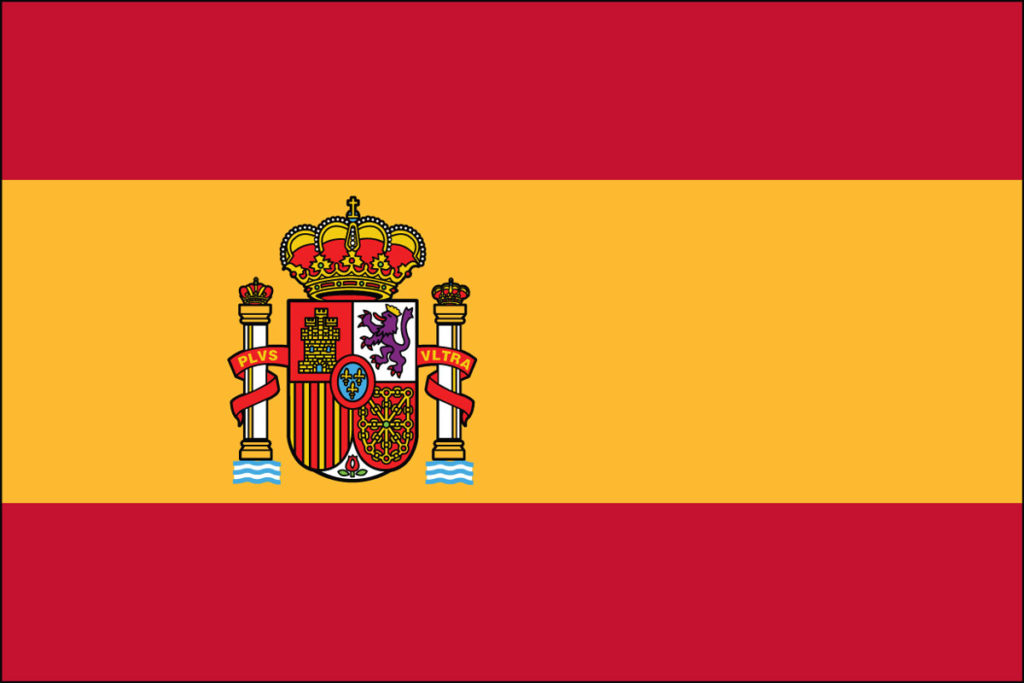 Follow the news in the VKontakte group and on the website, join us in Alicante!
Follow the news in the VKontakte group and on the website, join us in Alicante!
FUN FACT #1. Symbols of Spain
The national flag and coat of arms of Spain in the current version were approved on December 19, 1981. The presence of red and yellow colors on the flag and coat of arms of Spain is associated with military operations during the Reconquista, when Christian kings conquered their lands from the Moors. nine0003
Many legends are associated with the color palette on the flag and coat of arms:
Legend No. 1:
King Gottfried Berenger of Aragon, after a significant victory, ran his bloody hand over his golden shield as a sign of the end of the war, leaving four red stripes on it. Thus, the flag of the subsequently created Spanish kingdom consisted of three stripes: in the middle – gold, along the edges – red.
Legend #2:
The King of Aragon wanted to have his own banner. As he looked at the various flags offered to him, he settled on one made of smooth golden fabric. Then, according to legend, he ordered a goblet of fresh blood from slain animals to be served to him and ran two fingers along the edge of the golden cloth. nine0003
As he looked at the various flags offered to him, he settled on one made of smooth golden fabric. Then, according to legend, he ordered a goblet of fresh blood from slain animals to be served to him and ran two fingers along the edge of the golden cloth. nine0003
Interesting fact!
During the revolutions of 1873-1987 and the Spanish War of 1936-1939, the red stripes on the Spanish flag were replaced with purple ones. During the Bourbon dynasty, the flag of Spain was white. But since the Bourbon dynasty ruled France, Spain and Italy, confusion began to occur when identifying ships at sea. Therefore, Carlos III introduced the tricolor flag and coat of arms of Spain on ships.
Symbols of the flag and coat of arms
All the historical parts and provinces of Spain are reflected here.
- Castile is depicted as a stone castle. The three provinces of León, Asturias and Galicia merged into one in the form of a LION.
